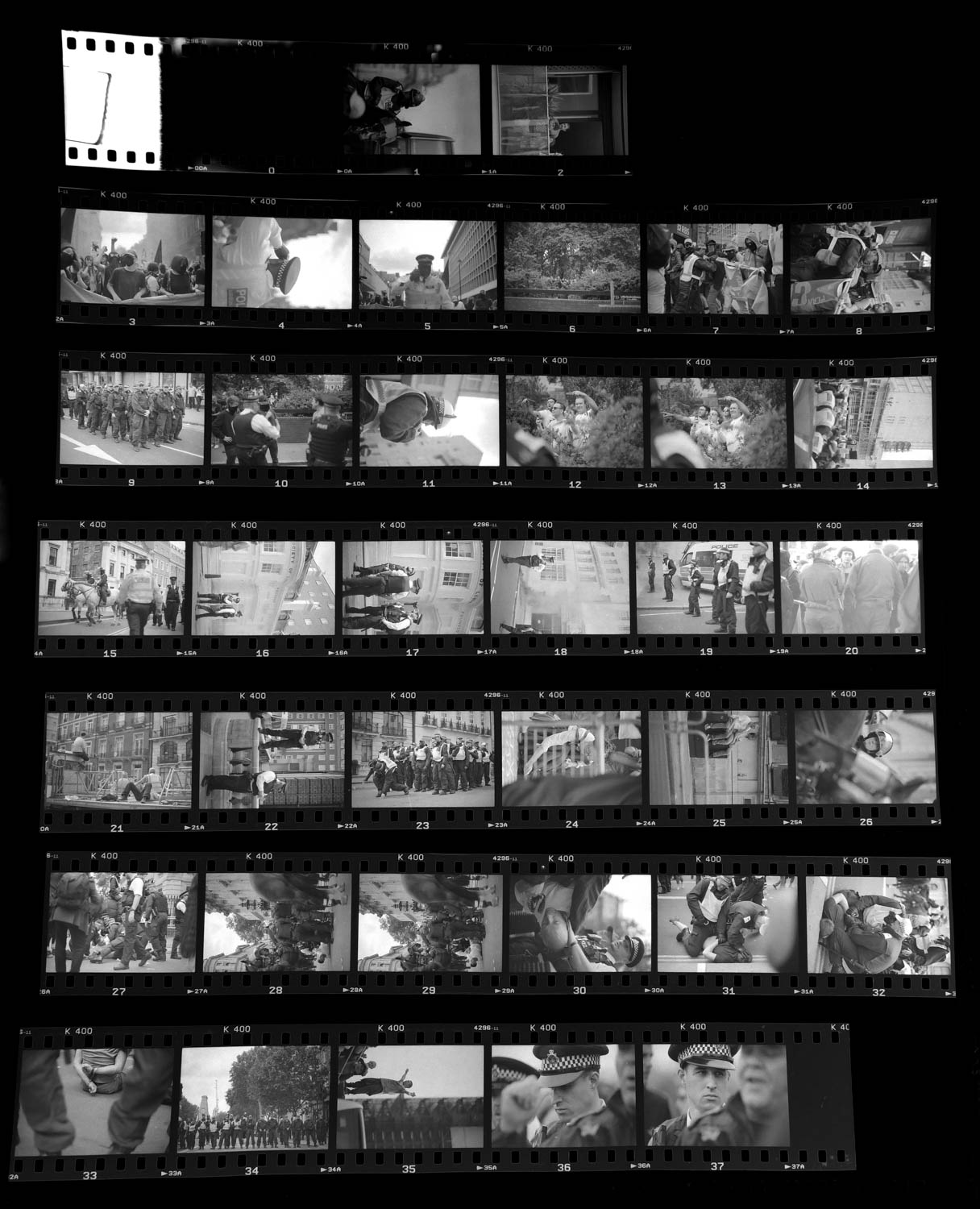
The Honesty in Film Photography
After some recent discussions with my peers, I’ve started to feel that “honesty” is an underrated quality in many genres of photography. I’ve given the topic a lot of thought, in order to take some personal steps to ensure my integrity, especially when it comes to what is shown in my images.
When it comes to the idea of honesty I feel there are many different approaches, and that the concept of honest photography is fairly nebulous to begin with. Unless you are a true journalist I don’t think it is always the most important thing to approach subjects with honesty – for example, fine art imagery, landscapes which can use long exposures and filters to manipulate the scene, or fashion where the subject is posed and presented.
I think that in documentary photography – especially photojournalism – but to some degree street photography as well, I think that honesty of the image plays a role in the quality and impact of the work. I know that there are many different ways to make street photographs, but to me, if a subject has been posed, or light manipulated, it loses that spontaneous human element – an observational quality that I think the best examples of the genre usually embody.
One of the reasons I started taking film photography more seriously was after accusations that some of my images had been “faked” – either staged or manipulated in photoshopped. This upset me, as I put a lot of work into candid, unposed, unmanipulated street photographs.
More recently I have discovered the value of shooting film as a photojournalist, in an era of increasingly confusing and sometimes downright misleading propaganda and unreliable news.
Some aspects of honesty start with the shooting style itself. Unless you are shooting from the hip the majority of 35mm SLR and rangefinder photographers prefer to work with their camera to their eye. Framing, exposure, focus – all of these are achieved through the viewfinder as opposed to a rear screen with live view, as the majority of mirrorless and DSLR cameras now employ.
I’ve noticed that many digital shooters will employ “tricks” to use their camera without making it seem like they are making an image – something inherently difficult for a film photographer. Whether it’s using a tilting screen and shooting from the hip, holding the camera as if you are recording a video, or using cable releases and burst modes, these techniques usually imply an intention to keep the photographer’s intentions towards photography a “secret”.
I never enjoyed shooting like this, and much preferred the way I felt with a more open approach. To me something just feels more inherently honest about holding my camera to my eye, accepting my place and role as a photographer, and everything that goes with that. I don’t feel the need to obfuscate my intentions, as they are never negative.
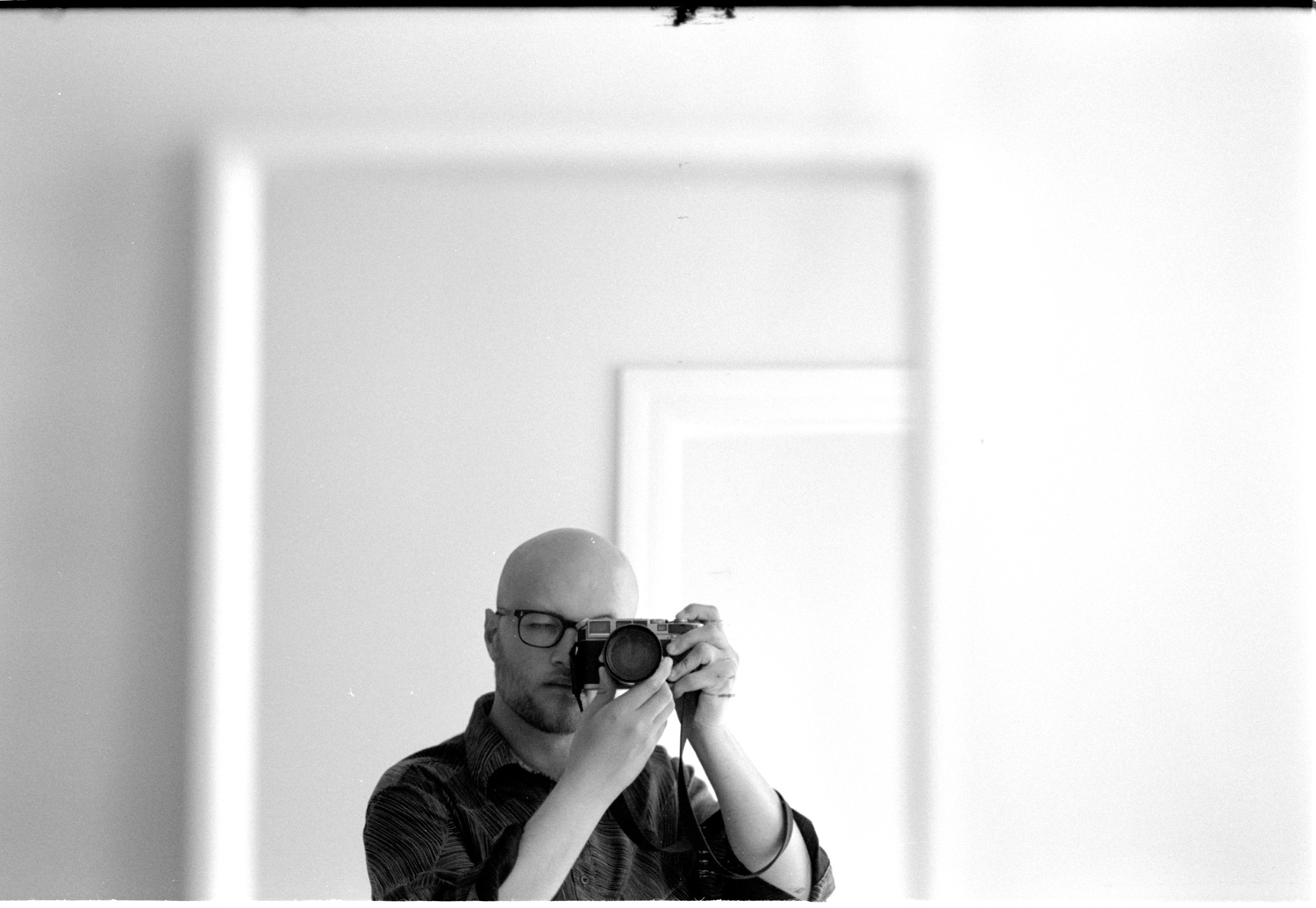
When it comes to working with my negatives there is an honesty in the physical artefact offered by the film medium. Digital photographs don’t “exist” in a meaningful way to me – in my mind it’s all copies of copies as soon as it leaves the SD card with nothing as unique or special as holding an original artefact; the exact physical negative that was with you on the day you made the picture, and will always be that original.
Beyond this, I find that there is so much variation in the results from digital files. Many people make an effort to find a digital camera with good “colour science” which will give them the results they are looking for straight OOC. You could line up ten flagship digital cameras, with the same focal length and automatic exposure/WB settings, and receive some very different results. When shot consistently film has a consistent aesthetic, something which is really taken advantage of by film photographers who have a go-to film stock, exposure, and development/print methodology.
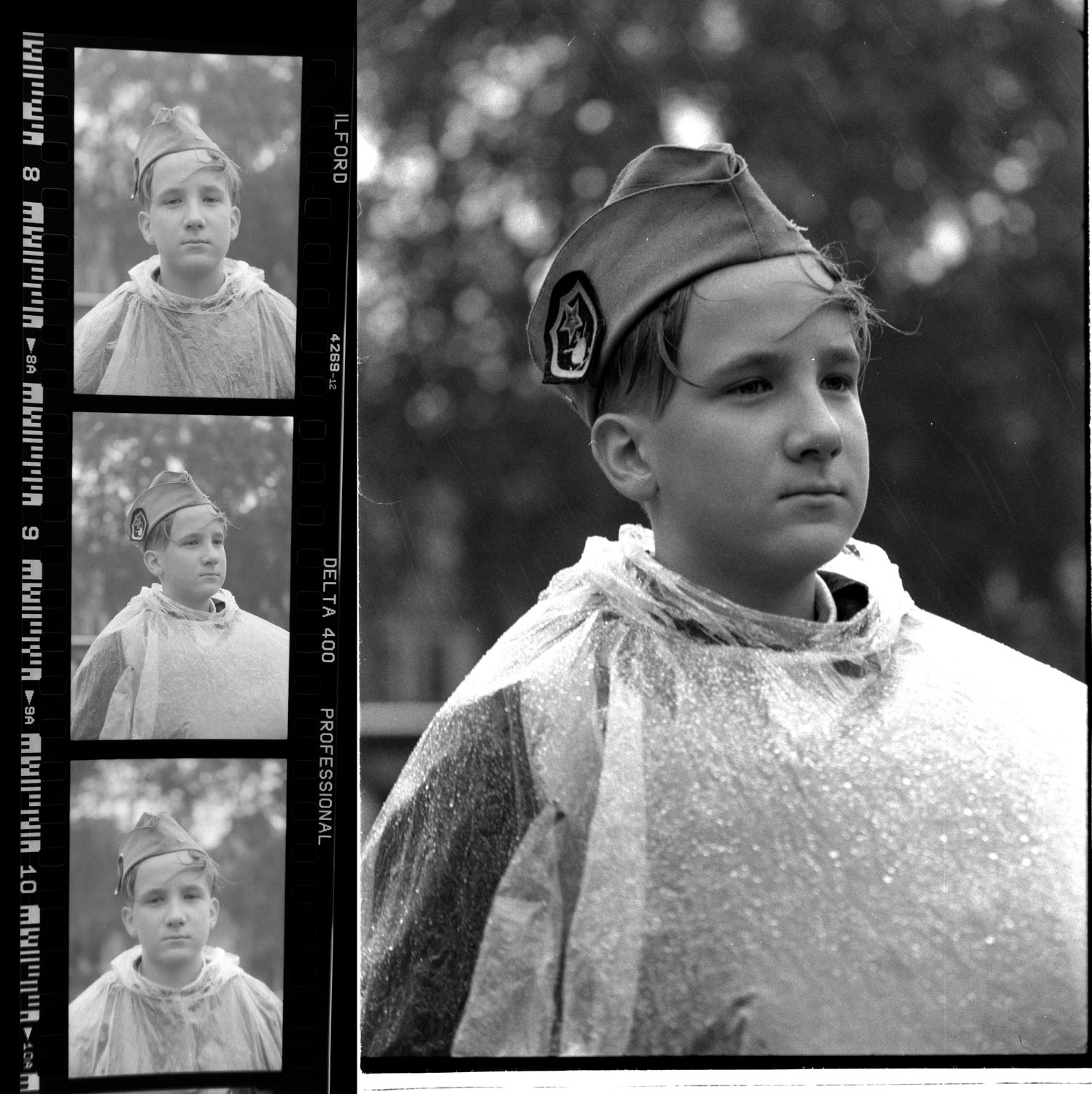
Once developed there is much less to do in terms of editing/alterations, as compared to a digital file. Whatever occurs to darkroom prints or scanned files there is no escaping the anchor of the original negative, which can be referred to for “accuracy” when examining the displayed image. With digital files, there is no such anchor, and this leaves room for manipulation by editors of any skill. Digital fakery, adding and subtracting elements, altering colours, tweaking crops – all of these are inherent steps in most editing software. It can become second nature, thoughtless act to tweak an image until it’s right – which is usually fine unless the intention is journalistic, as I stated in my introduction.
It can be very easy as an audience to become skeptical of any digital image. Once you’ve seen the possibilities in surreal landscapes or subtle changes that affect the meaning of an image you can become disinterested in “believing” any image you see. I think that the fashion industry especially has suffered from this, and some magazines and publications now enforce a caption/indicator to show when an image has been manipulated beyond simple technical corrections – ie manipulation of the content of the image, rather than the image itself.
There are a few publications which define themselves by their presentation of film work only, including Pylot Magazine, which has an emphasis on no beauty retouching specifically. So far I’m only aware of these kinds of outlets within the fashion industry, but would be fascinated to hear if any of you readers know of such a film only photojournalistic/street outlet – do let me know!
Sometimes when presenting my work, especially in my blog or Instagram I think it’s nice to include a shot of the frame in it’s entirety. As well as being a very aesthetic way to enjoy film photography I think it grounds my work in the reality of unedited film photography. You can plainly see the elements in the frame untouched and untampered.
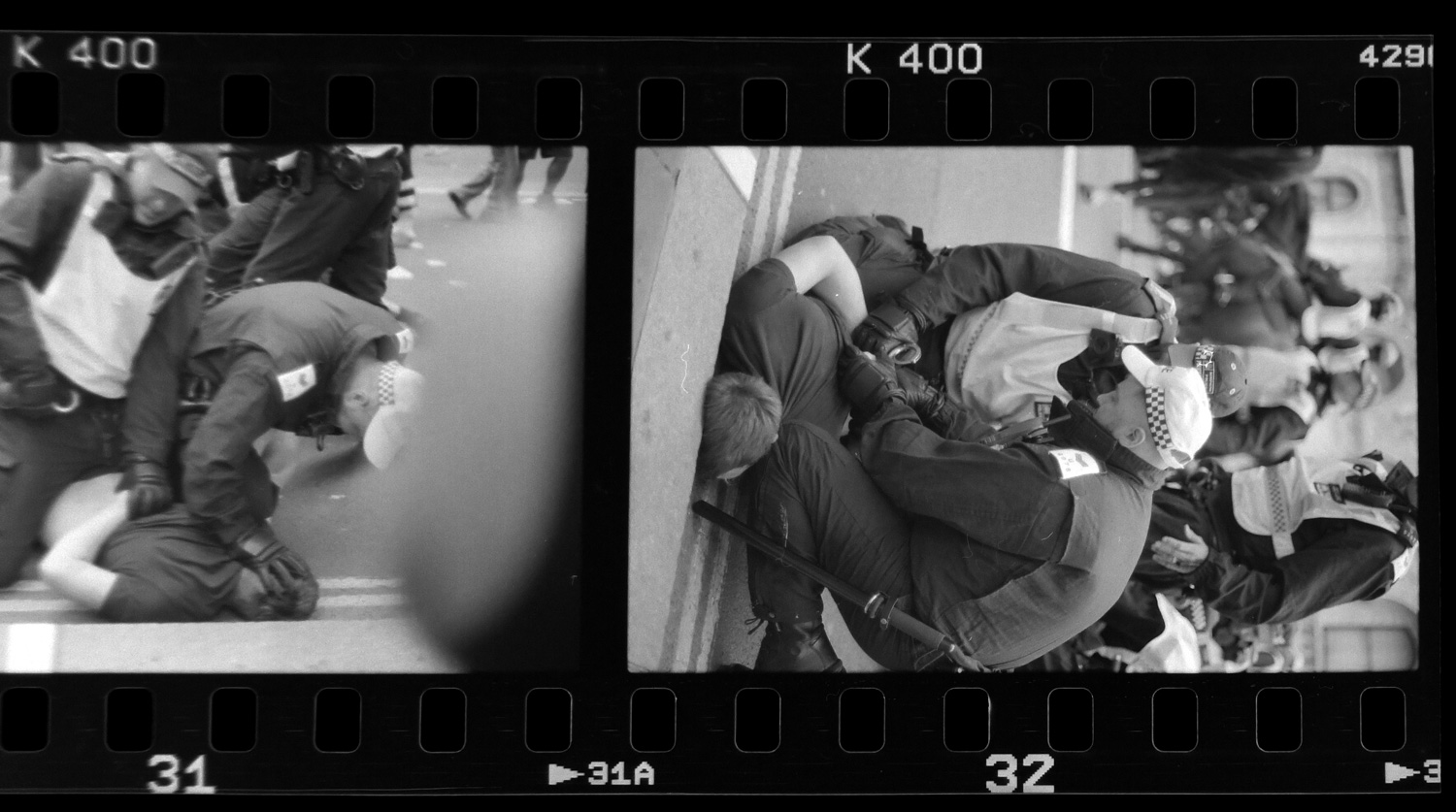
When it comes to potentially altering things in a scan or print, such as dodging and burning or global exposure changes I have much less of an issue with this – but again the film frame provided for reference alongside an edited image shows what has been affected (usually a minimal amount).
As many film photographers will point out when it comes to the topic of “editing” that dodging, burning, cropping, and masking were all invented in the darkroom, and that it’s unlikely you’ll have seen a historic image without these elements applied.
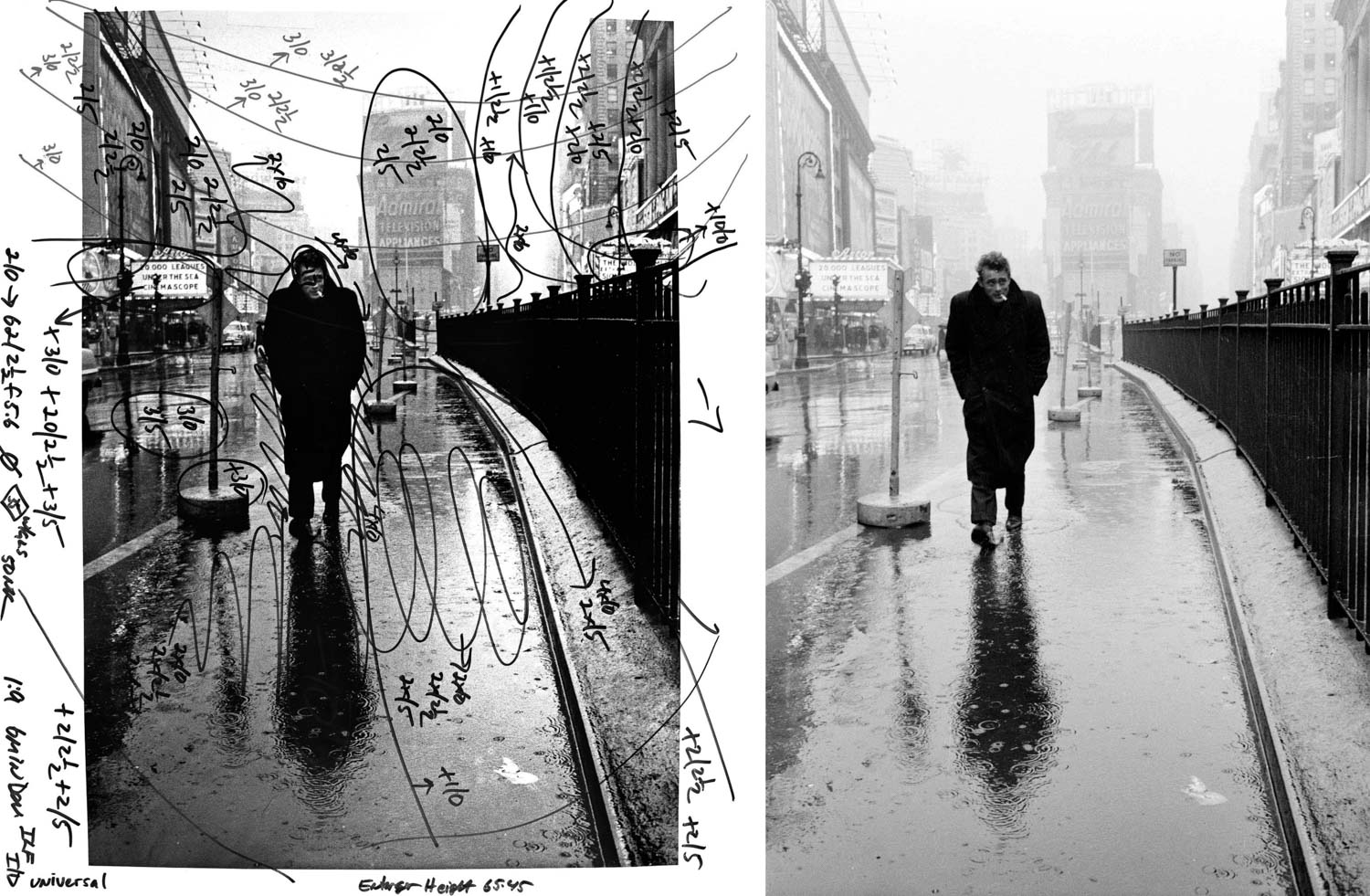
There are some film images which may cross that line between enhancing exposure and straight up manipulation. One famous example of this is Migrant Mother, by Dorothea Lange (although I don’t think Lange was a photojournalist, rather a portrait photographer with a commissioned project, so her alterations are more acceptable), which has the ghost of the subject’s thumb in the lower right-hand corner.
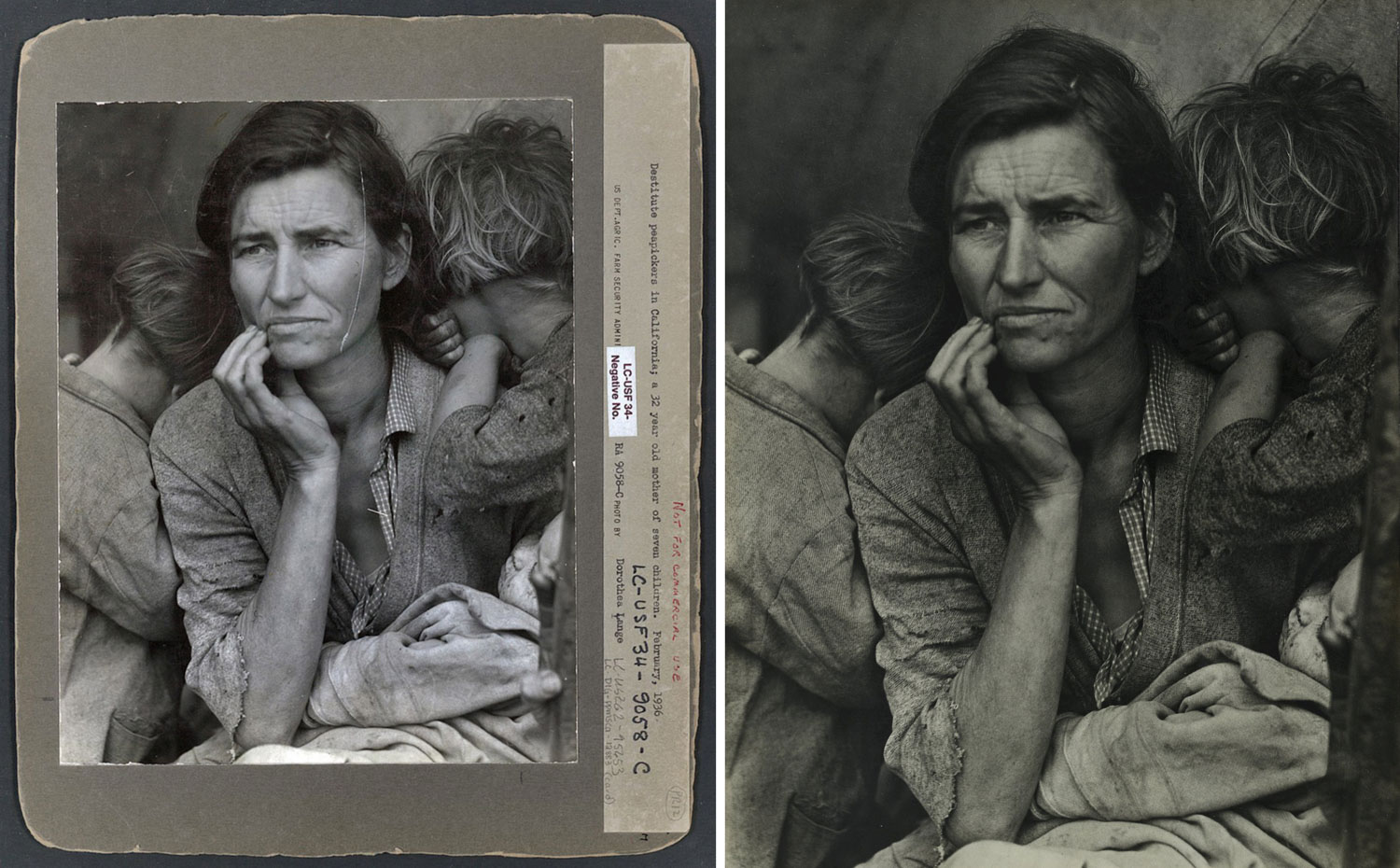
Beyond the confines of an individual frame is the honesty provided by the context of a contact sheet. This offers not only the untouched individual negative but also context around that negative. One of the most useful photography books is Magnum Contact Sheets, which presents the context around some of the most iconic Magnum photographs. This gives us insight into the mind of the photographer and shows the way they worked the scene, as well as some of the moments leading up to “the shot” that we know.
This means that a contact sheet can verify/support a sequence of events, an aspect I find underrated and highly valuable for a sceptical audience. A film photograph naturally exists within context, whereas digital contact sheets are few and far between; what you see is likely the culled and curated result of a much larger sequence which is rarely shown.
I remember having a great conversation on this topic with one of my students during an editing session. I remarked how popular I thought any newspaper/media-outlet would be if they actually published their photographers’ contact sheets as standard. Imagine a digital archive where you could find any of the images they’d ever published, whether iconic or mundane and view the contact sheet for that image.
That publication, in my opinion, would hold a fantastic amount of trust from their readership, as the implications of this kind of transparency would extend far beyond their image department.
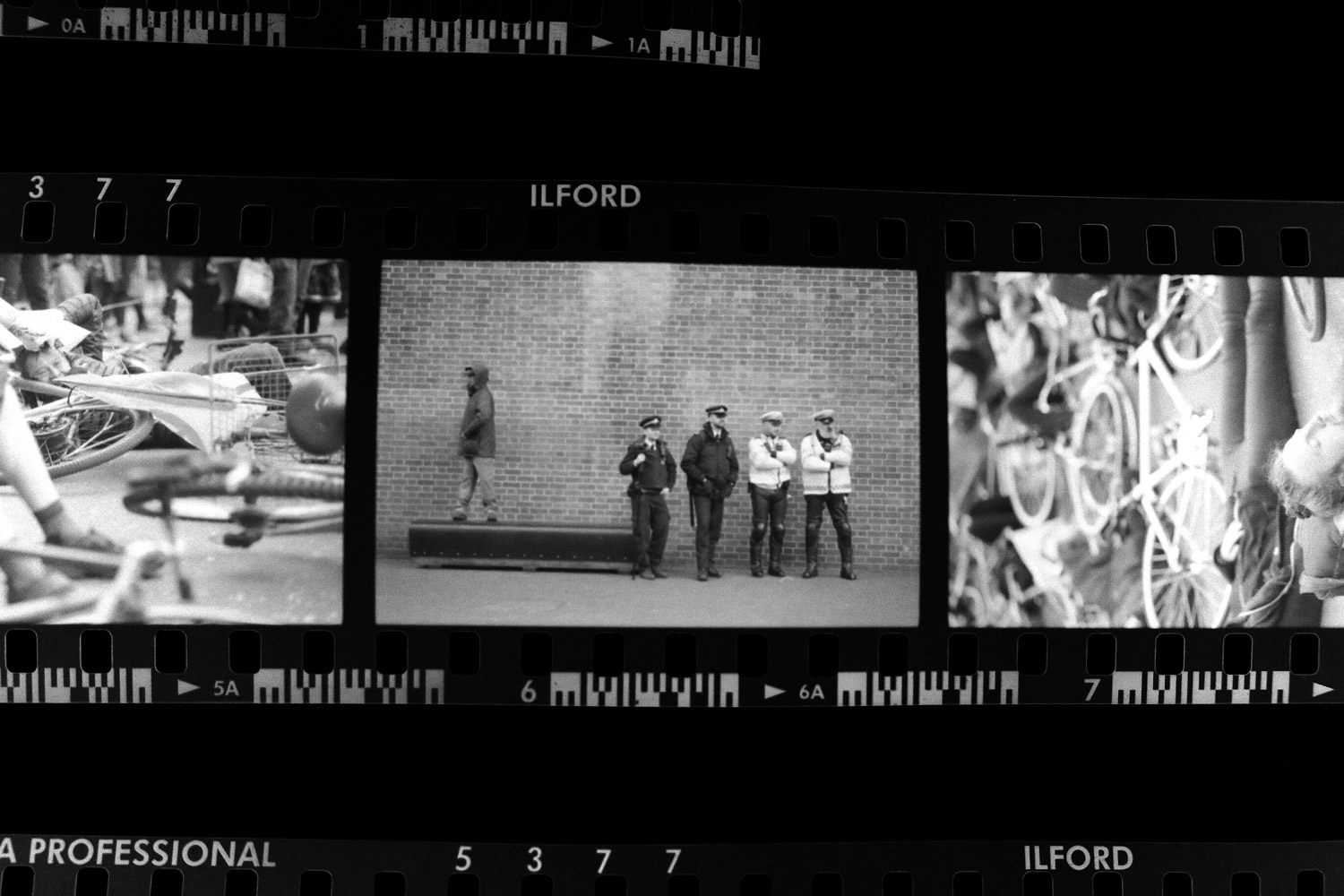
As it is, I haven’t managed to find any outlet that does this, which means I, like any other photographer, have power over only my own work. This is one of the reasons I publish my contact sheets on my blog and have written about them in the past a few times in the hopes that other photographers may see the value of the exercise.
Part of my original effort to adopt film was an accusation that one of my images had been photoshopped – which of course it hadn’t. Luckily for this example another photographer who I was with at the time shot a similar frame of the scene, so I was able to offer his example as proof that there had been no manipulation – but I felt there wasn’t much I could do about their follow up argument, that it had simply been staged.
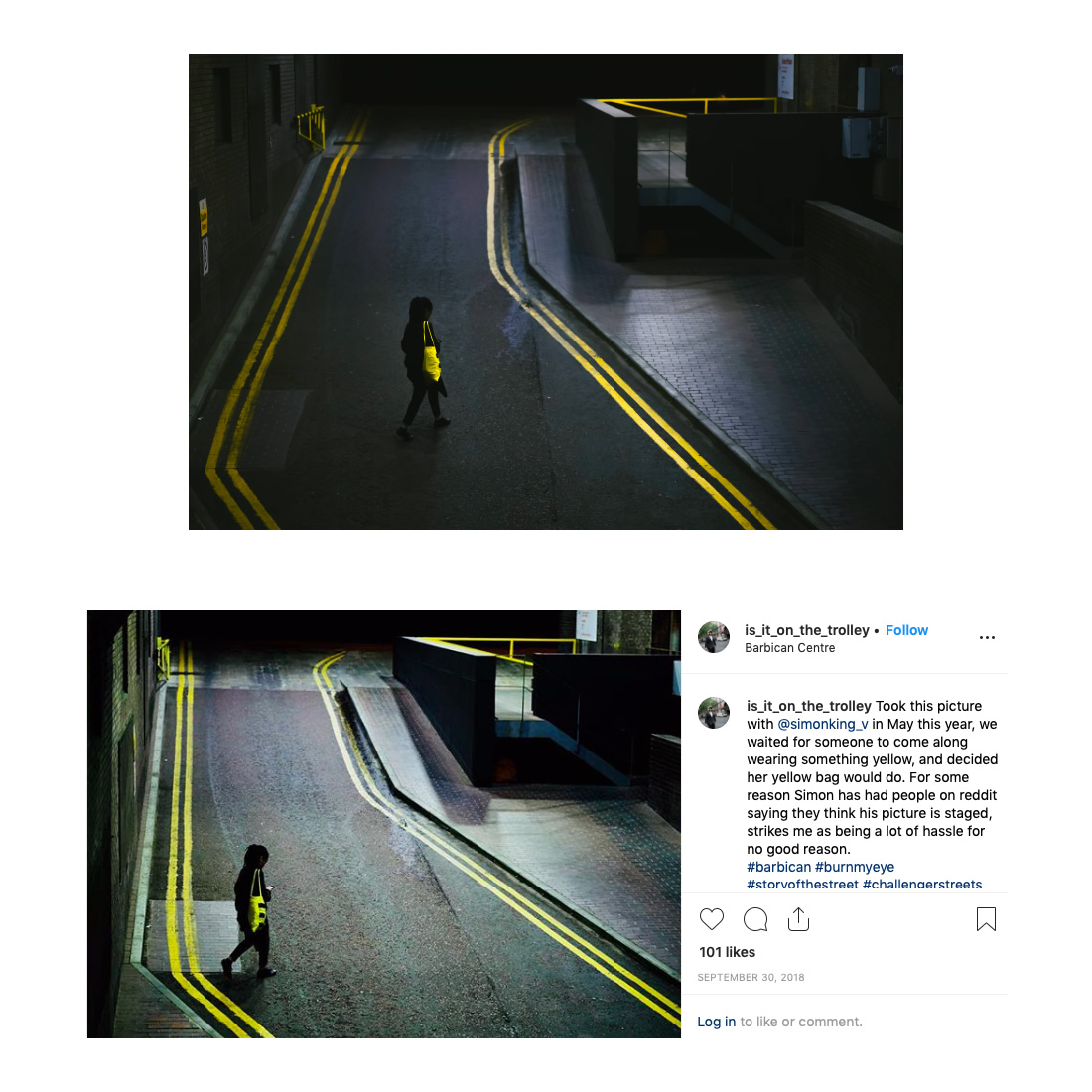
If I had shot this on film I would be able to use the original as proof that no colour altering had been done. With the contact sheet I may be able to demonstrate what else I had been doing that day, and could show that this was taken spontaneously upon finding the scene, rather than something planned and executed – in all honesty it wasn’t even the image I was expecting to take, as I had noticed someone else with yellow shoes, but they didn’t walk this way; a bag never occurred to me, and was a very happy coincidence.
Despite all of this I don’t think I would be able to convince a street photography cynic, who thinks that everything is staged and that no image ever came together. This is a shame, but for those who value honesty, it makes sense to put the effort in. For street photography it is perhaps less important to have this level of empiricism – what matters to me is the way I perceive my own work and if I were to cheat, I would only be cheating myself. In order to maintain my integrity as a journalist however, it is important for me to offer the same level of care for the truth in any genre I photograph.
As I shoot more and more documentary work the sheer practicality of film as an honest medium becomes more and more apparent to me. Honesty isn’t as “optional” in film as it is with digital photography – the limitations of the medium ensure certain restrictions and the steps in digitising a frame of film mean it’s less intuitive to simply mess with the raw.
Of course, there’s nothing stopping me from truly staging a situation (perhaps cost) aside from my integrity, and this is something I’ve been asked about as well. I like to think that the effort I go to, in using film, in writing opinion pieces like this one, or when i demonstrate how I work to my students, that there is no room to question the amount of consideration I put to this topic. That integrity in photojournalism and street photography genuinely matters to me – and that’s as much as I’m able to do.
I don’t think any photograph is without scrutiny or critics, and even some of the all time iconic images have been called into question over time, and so far I have yet to produce anything near those levels. This will not be an issue fixed solely by me and my efforts, but hopefully, we can all play a part in embodying the role of conscientious photojournalist when it matters the most.
What matters to me as a photographer and educator is that I am able to competently defend my work from sceptics, whilst also promoting a mindset which allows more photographers to feel comfortable sharing original frames, contact sheets, and context around their work in an honest, and respectful way.
Thanks for taking the time to read my thoughts on the honesty in Film Photography! If you enjoyed my photographs here please consider following me on Instagram! I buy all of my film from Analogue Wonderland.
